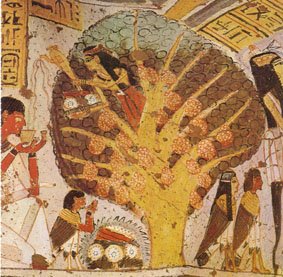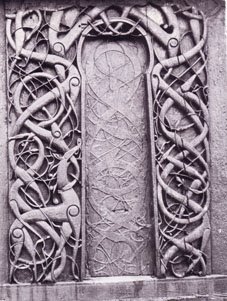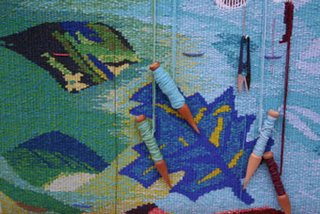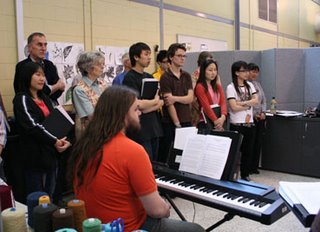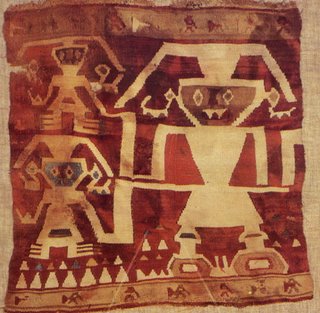
I dont know what happened with that last post. One minute this picture was there and the next it had disappeared. Any way, this is a tapestry from a burial site in northern Peru. The array of textiles of many kinds that have survived is due mainly to the dry environment in which they were buried. Thomson, in his book 'Tapestry - Mirror of History' writes that some of the tapestries found have been woven so finely that there is "a weft density exceeding 60 weft threads per centimetre (150 w/in)"
The pictures in the previous post came from the books "The Mummies of Urumchi" by Elizabeth Wayland Barber and "Coptic Egypt - The Christians of the Nile" by Christian Cannuyer





